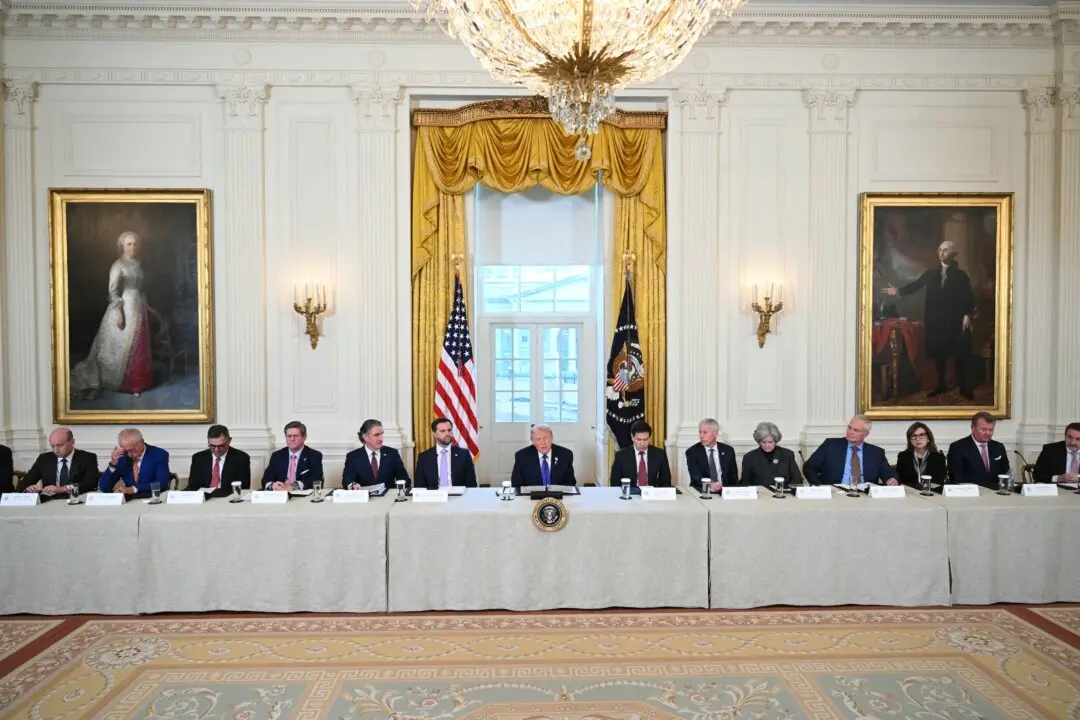WASHINGTON—Democratic presidential nominee Joe Biden has pledged to raise taxes on people who earn more than $400,000 a year. He called the tax cuts of 2017 a “tax giveaway primarily for large corporations and the wealthy.”
However, 2018 tax payment data by the Internal Revenue Service (IRS) show that, as a result of President Donald Trump’s tax cuts, high earners paid more taxes to the federal government in dollar terms while the rest of the taxpayers paid less.





